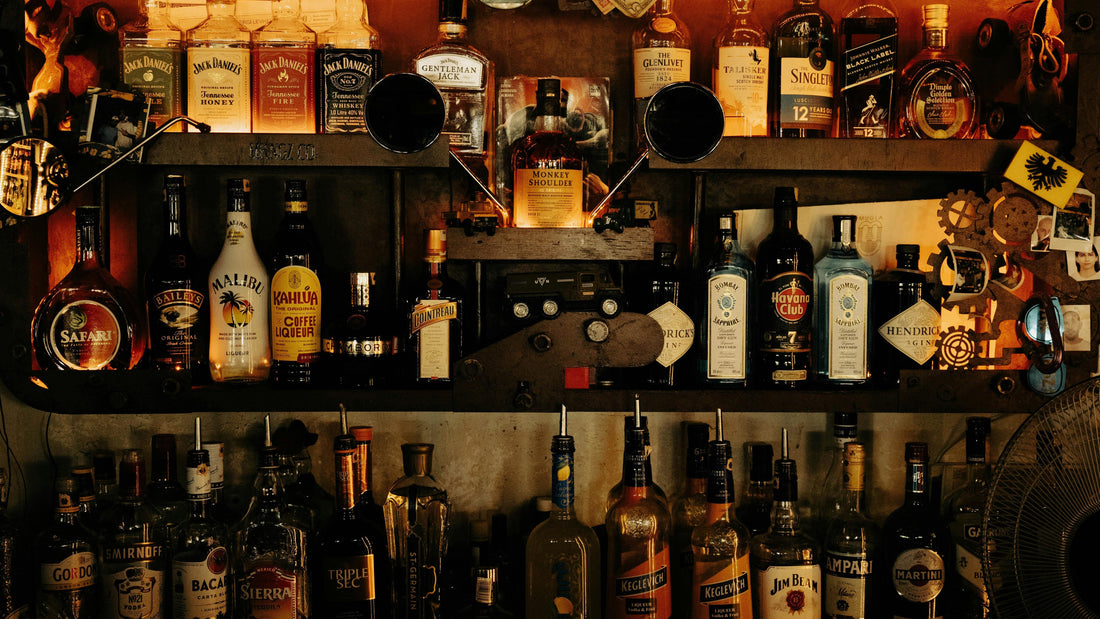
The Evolution of Bar Culture: From Classical Taverns to Modern Bars
Throughout history, drinking establishments have played a significant role in social life. From ancient taverns to contemporary bars, these spaces have continuously evolved, reflecting cultural, economic, and technological changes. This article explores the transformation of bar culture over the centuries and how these changes have shaped modern social experiences.
Classical Taverns: The Foundation of Social Drinking
In ancient civilizations, taverns served as essential gathering places. The Greeks and Romans had symposiums and tabernae, where people gathered to drink, eat, and discuss politics and philosophy. These establishments were not only places of leisure but also key venues for intellectual discourse. In ancient China, tea houses and wine shops functioned similarly, fostering discussions among scholars and traders.
Medieval Europe saw the rise of alehouses and inns, which provided travelers and locals with food, drink, and lodging. These establishments were often rustic, with wooden furniture and an intimate, communal atmosphere. Alehouses were central to community life, serving as informal courts, meeting places, and even centers for early economic transactions. In some regions, monks played a significant role in brewing and distributing beer, particularly in Belgium and Germany, where monasteries became pioneers in brewing traditions that persist today.
The Rise of Pubs and Saloons
With urbanization and economic growth, drinking establishments became more structured and commercialized. The British pub (short for "public house") emerged as a staple of community life in the 17th and 18th centuries. These establishments were known for their distinctive ales and ciders, often brewed on-site, and their social function as gathering spaces for workers, merchants, and politicians. Many pubs were tied to specific breweries, creating a tradition of "tied houses" that still exists in the UK today.
Meanwhile, in the United States, saloons flourished during the 19th century, especially in the Wild West. These venues often served whiskey and beer and became central hubs for socialization, entertainment, and even political discussions. Saloons varied in quality and clientele, from high-class establishments that catered to businessmen and politicians to rougher frontier saloons frequented by cowboys and miners. Many saloons also functioned as gambling dens and provided live music or theatrical performances.
The Birth of the Modern Bar
The early 20th century saw significant shifts in bar culture. The Prohibition era (1920-1933) in the U.S. led to the rise of speakeasies—illegal bars hidden from authorities. These establishments popularized the art of cocktail-making, as bartenders had to mask the taste of inferior alcohol with creative mixtures. This period also led to the development of iconic cocktails such as the Old Fashioned, the Sidecar, and the Martini. Jazz music became closely associated with speakeasies, contributing to the cultural vibrancy of the era.
After Prohibition, bars became more sophisticated, and cocktail culture flourished. The mid-20th century saw the rise of tiki bars, inspired by Polynesian themes and exotic cocktails, and the spread of the American-style bar to global cities. The introduction of standardized liquor regulations and branded spirits led to the commercialization of cocktails, with bartenders refining their craft into an art form. The late 20th century also saw the emergence of nightclub bars, catering to younger crowds with dance music and elaborate drink presentations.
Contemporary Bar Trends
Today, bars have diversified into various styles, catering to different tastes and experiences. Craft cocktail bars emphasize mixology and high-quality ingredients, often using house-made syrups, infused spirits, and molecular gastronomy techniques. Bartenders have gained recognition as artists, with international competitions and specialized training programs elevating the profession.
Sports bars focus on entertainment, offering large screens for game-viewing alongside extensive beer selections. Rooftop bars, speakeasy-style venues, and themed bars have gained popularity, providing unique atmospheres that blend nostalgia with innovation. High-end hotel bars have also made a comeback, reviving the luxury and sophistication of old-world drinking establishments.
Additionally, the rise of non-alcoholic and low-ABV beverages has introduced a new dimension to modern bar culture. With increasing awareness of health and wellness, many bars now offer sophisticated mocktails and alcohol-free spirits, appealing to a broader audience. Sustainability has also become a major focus, with eco-friendly bars implementing waste reduction practices and locally sourced ingredients.
From ancient taverns to sleek modern bars, the evolution of drinking establishments reflects broader societal changes. As trends continue to shift, bars remain central to social interaction, offering spaces for relaxation, connection, and innovation in beverage culture. The future of bars may see further integration of technology, personalized drinking experiences, and continued exploration of sustainable and health-conscious drinking options, ensuring that this ever-evolving culture remains dynamic and inclusive.
